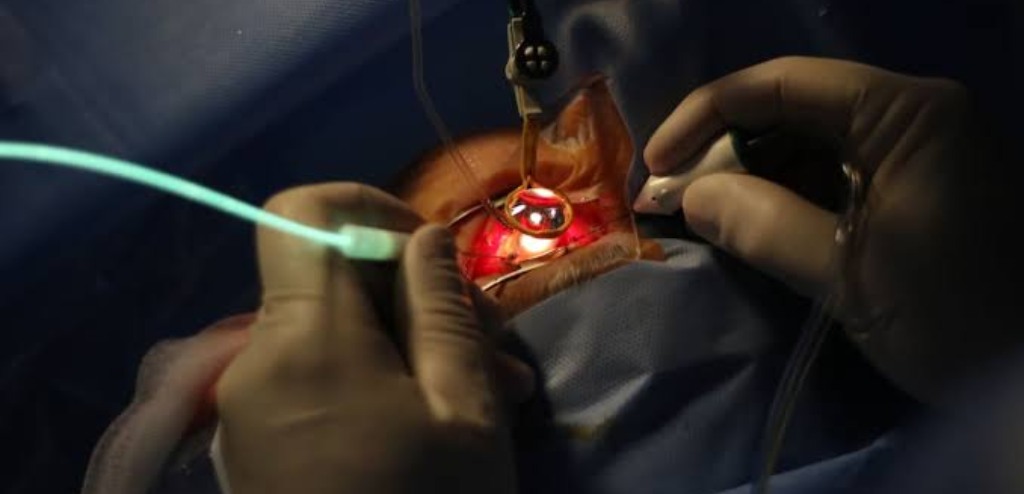Vitreo-Retinal Surgery

Varun Eye Care - Vitreo-Retinal Surgery
Vitreo-Retinal Surgery
The retina is the neurosensory tissue that lines the back wall of the eye. Like the film in a camera, the retina is responsible for creating the images that one sees. The center of the retina is called the macula and is the only part capable of fine detailed vision, i.e. reading vision, recognizing faces, etc. The remainder of the retina, the peripheral retina, is for side vision. The retina outside the center of the macula, which makes up more than 95% of the retina, is not capable of fine detailed vision.
Idiopathic Macular Hole
This is a condition affecting older people between the age of 60-80 years of age. It is somehow three times more common in women than men and although it usually affects one eye it can also affect the second eye in 5-10% of patients.
Symptoms
Most patients complain of blurry and patchy vision. More commonly there may also be the distortion of images and lines when looking straight ahead.
The diagnosis of macular hole is made after a complete ocular examination which includes a dilated retinal examination. If the condition is suspected or confirmed a simple non-invasive investigation called an OCT (Optical Coherence Tomography) is performed to study the nature of the macular hole.
Prognosis and Management
Early macular holes do not need treatment as there is a good chance it will resolve. However established holes will usually progressively get worse and cause loss of central and reading vision. The only treatment option is a surgery called a vitrectomy and then using a medium to long-acting gas to close the retinal hole. The success of the operation involves the careful removal of membranes around the hole and maintaining face-down posture for up to 2 weeks on a very strict basis to allow the gas to close the hole. The success rate of this operation is up to 90% with an improvement of vision of more than 50 %.
Retinal Detachment
Tears of the retina can lead to a condition called retinal detachment where the retina separates from the back wall of the eye. This is a serious condition that requires urgent attention. People with moderate to high myopia, or had cataract surgery, accidental eye injuries or a family history of retinal detachment are at higher risk for this condition. Sometimes it occurs in middle age for no apparent reason following vitreous detachment and tears of the retina.
The symptoms are progressive loss of vision field that looks like a curtain or shadow blocking the vision. They may be preceded by floaters and flashes. Sometimes small detachments may have no symptoms.
Treatment
Once the retina has detached it is usually not possible to treat with laser and surgery is required to reattach the retina. There are a few options for surgery and this depends on the nature and type of retinal detachment. It may take the form of injections a gas bubble into the eye, tying a silicone band around the eyeball (scleral buckle operation ) or a vitrectomy to remove the source of traction and filling the eye with gas or silicone oil.
The results of surgery for retinal detachment are generally good and the success rate ranges from 85% to 95%. However in some cases the retina cannot be attached in one operation and further surgery may be required. In general there will be recovery of vision but the final outcome varies from case to case.
